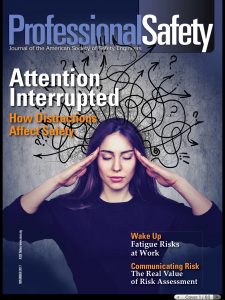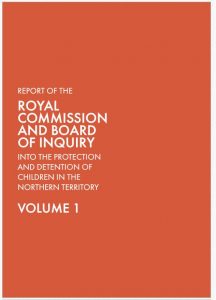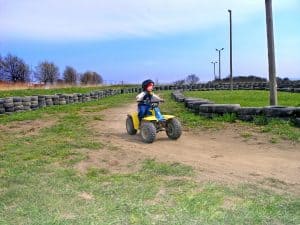 On April 3, 2018, the University of Sydney launched a new app
On April 3, 2018, the University of Sydney launched a new app
”to assist victims and witnesses record information in a way that can help with convictions and prevent miscarriages of justice”.
This immediately sparked my interest in using the app as a record of workplace incidents.
iWitnessed is intended as a tool to assist a person’s memory when confronted by an incident or a traumatic event. The app steps you through the basic evidence-gathering questions of what happened, where, when, who was injured etc.

 Occupational health and safety (OHS) policy makers are keen on making decisions based on evidence. But evidence seems hard to get, for many reasons.
Occupational health and safety (OHS) policy makers are keen on making decisions based on evidence. But evidence seems hard to get, for many reasons. Workplace safety lawyers are regular contributors to occupational health and safety (OHS) journals, usually writing about some OHS case law or recent, topical prosecution. Occasionally they write a more research-based article. The November 2017 edition of
Workplace safety lawyers are regular contributors to occupational health and safety (OHS) journals, usually writing about some OHS case law or recent, topical prosecution. Occasionally they write a more research-based article. The November 2017 edition of  In June 2016, the Australian Broadcasting Corporation showed
In June 2016, the Australian Broadcasting Corporation showed 